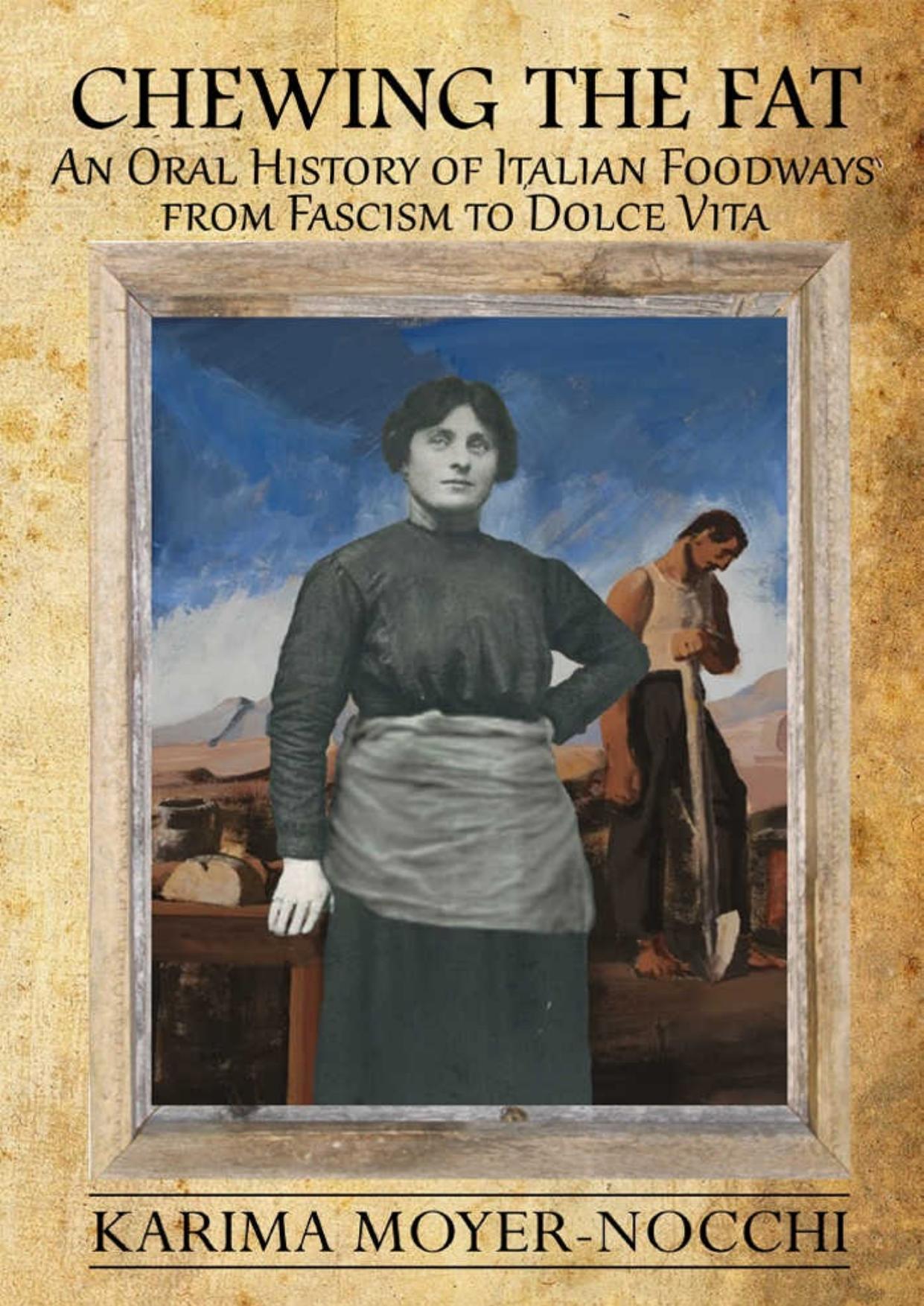Chewing the Fat: An Oral History of Italian Foodways from Fascism to Dolce Vita by Karima Moyer-Nocchi

Author:Karima Moyer-Nocchi
Language: eng
Format: mobi, azw3, pdf
Published: 2015-09-27T14:00:00+00:00
Intermezzo
La “pasta compra” – The Pasta Industry
There are few things in the world as Italian as pasta and pizza. Above all, few things like these that define the Italian identity…and this from the beginning of the century, when pasta and pizza had not yet even become national dishes, and were far from being appreciated in all regions.
— FRANCO LA CECLA, LA PASTA E LA PIZZA
During the Ventennio, patriotic Italian food writers like Ada Boni sounded the rallying call for Italians to take pride in their own cuisine. As was true for the fashion industry, women were admonished for slavishly looking to France for the last word in culinary finesse.
We have got to cook Italian food everywhere in Italy. . . . Above all, we should not hesitate to write culinary words in Italian. . . . Our language has a rich vocabulary capable of expressing the most complicated list of foods without having to rely on any other language. . . . But all will resolve itself when . . . we firmly decide to follow and spread only our own fine cuisine, whose foods have precise names, consecrated by tradition and use (Boni, 1946).
But even as she wrote those words, the terminology for something as quintessentially Italian as pasta had not yet found its land legs.
In the 1891 keystone work Science in the Kitchen and the Art of Eating Well, by Pellegrino Artusi (see Intermezzo – Cookbooks), he uses the word “minestra” to indicate all first course dishes, from broth to risotto, to pasta. The word had not yet resolutely assumed the exclusive meaning of “soup” because the starch based first courses had not fully achieved independent standing. Therefore, the distinction was between liquid soups and dry soups, respectively, those eaten with a spoon and those eaten with a fork. Reasoning has it that, regardless of the final result, the main ingredients of dry soups had been prepared in water, although in the finishing ministrations, they were served without their liquid. A dish of pasta thus prepared was referred to as pasta asciutta, dry pasta, as opposed to pasta in brodo, pasta served in broth. Soup, the traditional French first course and definitive “supper” dish, would not begin its descent into obscurity from the standard meal structure until after WWII. As it did, the “asciutta” tag became a superfluous appendage. These days, “manly men” turn their noses up at soup due to its association with nursing the sick and the aged. The T-shirt would read: Real men don’t eat soup.
“Pasta,” in Italian, simply means paste, any paste, be it dough or otherwise, although its main association is with…pasta. Dried pasta is made with durum wheat, while fresh, or rather, homemade pasta, is made with grano tenero, or a mixture of soft and hard wheat, often with the addition of egg to increase the protein content, and therefore, the bite. These are the tagliatelle that were ubiquitous in most Italian homes during the Ventennio, whereas dried pasta, also called pasta compra or “bought pasta,” was neither the preferred pasta, nor the most utilized.
Download
Chewing the Fat: An Oral History of Italian Foodways from Fascism to Dolce Vita by Karima Moyer-Nocchi.azw3
Chewing the Fat: An Oral History of Italian Foodways from Fascism to Dolce Vita by Karima Moyer-Nocchi.pdf
This site does not store any files on its server. We only index and link to content provided by other sites. Please contact the content providers to delete copyright contents if any and email us, we'll remove relevant links or contents immediately.
Catching Fire: How Cooking Made Us Human by Richard Wrangham(961)
In-N-Out Burger by Stacy Perman(871)
Abraham Lincoln in the Kitchen by Rae Katherine Eighmey(837)
Food of the Gods by Terence McKenna(822)
An Edible History of Humanity by Tom Standage(806)
Salt: A World History by Mark Kurlansky(779)
The Omnivore's Dilemma by Michael Pollan(685)
Sugar by James Walvin(685)
The omnivore's dilemma: a natural history of four meals by Michael Pollan(569)
Jubilee by Tipton-Martin Toni(546)
Empires of Food by Andrew Rimas(538)
Cocktails Across America by Diane Lapis(535)
101 Things I Learned® in Culinary School by Louis Eguaras & Matthew Frederick(533)
A Woman's Place by Deepi Ahluwalia(530)
La Cocina Mexicana by Marilyn Tausend(528)
The Medieval Cook by Bridget Ann Henisch(505)
The Invention of the Restaurant by Rebecca L. Spang(505)
Bourbon by Dane Huckelbridge(501)
97 Orchard: An Edible History of Five Immigrant Families in One New York Tenement by Jane Ziegelman(473)
